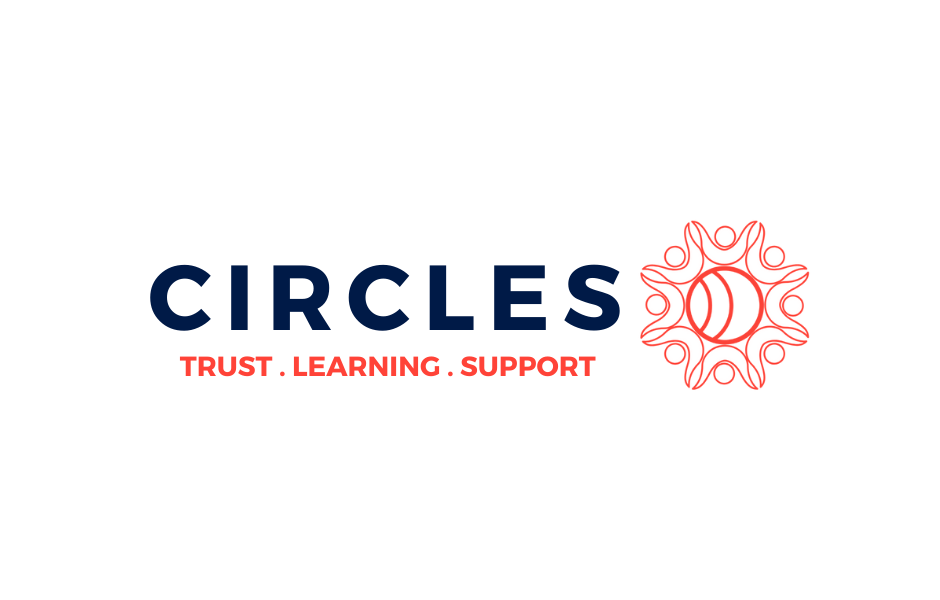Regional Vignette: The San Francisco Foundation
Gail Fuller
VP of Marketing and Communications
The San Francisco Foundation
This article first appeared in The Racism Issue of Change Agent.
In the San Francisco Bay Area, we are often removed from explicitly racist debates and conflicts. But we see the violence in Charlottesville around confederate statues. We see white supremacist rallies being held in other parts of the country. And then we think, “That is what it looks like to have a race problem.” But we live in a region where disparities in educational attainment, incarceration, and access to economic opportunity reveal that we have a race problem in our own backyard.
San Francisco is a dark blue region of a blue state, so it’s hard for us to hear that “we have a race problem.” Those words are a stark reminder that racism is neither defined by geography nor political ideology. Month after month, the headlines in the Bay Area paint a clear picture:
“Family told to ‘go back to China’ in yet another racially charged Bay Area road rage incident” (May 29, 2018)
“San Jose teacher placed on leave for racist incident involving a student” (June 6, 2018)
“Police called on black man opening his own business” (July 23, 2018)
So, how does a foundation committed to advancing racial equity and economic inclusion address this inconvenient truth? For The San Francisco Foundation, we started by acknowledging the elephant in the room: race. Three principles guided our communications:
Understanding what it means to lead with race: Too often, socioeconomic status is used as a proxy for race and related disparities. In leading with race, data are important, and disaggregated data are critical.
Reframing the message: We have learned from our community partners the importance of everyone working to shift the narrative on racial equity. In addressing the role race plays in the disparities within our communities, reframing needs to include the importance of race and inclusion. Yes, it is a very difficult needle to thread.
Listening to and engaging the community: We have engaged in conversations with residents, community leaders, public officials, donors, grantees, and other experts. But you have to do more than listen. You have to incorporate what you have heard into your work and communications.
Race is a conversation that we as Americans actively avoid. It is uncomfortable. It is emotional. And for all those reasons, it’s incredibly difficult to lead with race. But we must.


